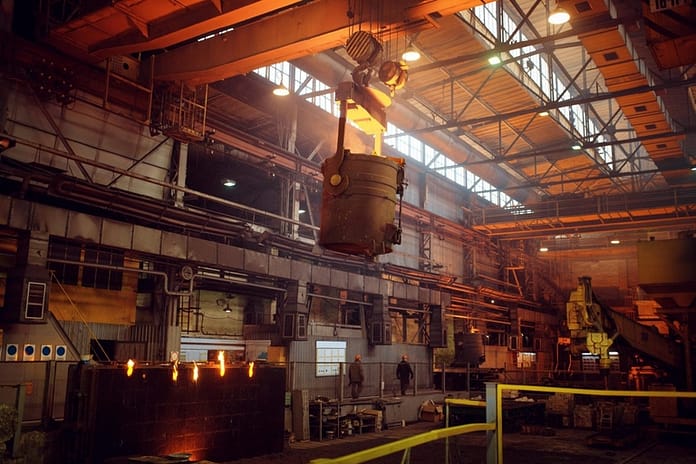Investment casting has been in need for millennia and keeps on being a necessary piece of different businesses, including aviation, car, clinical, and adornments. The investment casting process starts with the formation of a wax design, which is a precise imitation of the last wanted part. This example is then covered with a fired shell, framing a shape called the investment. The investment is then warmed, making the wax dissolve and stream out, subsequently the expression “lost-wax casting.” The vacant shape is abandoned, fit to be loaded up with liquid metal. Visit: Investment Casting Manufacturing Company
When the ceramic shell is ready, the liquid metal, frequently a compound of steel, aluminium, or bronze, is filled the shape. The metal fills the mind-boggling subtleties of the form, catching the specific state of the first wax design. After the metal hardens, the artistic shell is split away, uncovering the got done with casting.
Here are some key advantages of investment casting:
- Complex Geometry: Investment castings permit the production of parts with perplexing and complex calculations. It can precisely recreate fine subtleties, slim walls, undermines, and interior elements that might be troublesome or difficult to accomplish with other assembling strategies. This makes it appropriate for delivering parts with one-of-a-kind shapes and plans. Explore: Sand casting Manufacturing Company
- Excellent Surface Finish: Investment casting produces leaves behind brilliant surface completion and high layered precision. The earthenware shell utilized in the process gives a smooth and point-by-point surface, lessening the requirement for extra completing tasks. This makes investment casting ideal for applications where style and accuracy are significant.
- Wide Material Selection: Investment casting upholds a great many materials, including ferrous metals, non-ferrous metals, and, surprisingly, particular alloys. This material flexibility considers the development of parts with explicit mechanical properties, consumption obstruction, or intensity opposition.
- Design Flexibility: Investment castings offer plan adaptability by permitting the joining of various parts into a solitary casting. This lessens the requirement for extra gathering tasks, limiting creation time and expenses. Additionally, complex shapes can be accomplished without the requirement for joining or welding numerous pieces together, bringing about more grounded and solid parts.
- Minimal Material Waste: The casting process has insignificant material waste since the shape is produced using a clay shell, which can be reused for different castings. Moreover, the wax design used to make the form can be dissolved and reused, further diminishing material utilization and expenses.
- Versatility in Size and Weight: Investment castings can create portions of different sizes and loads, going from little many-sided parts to enormous and weighty pieces. This versatility takes into consideration the development of a large number of items across various businesses, from miniature jewellery to turbine blades for aircraft engines.
- Cost-Effective for Small Production Runs: Investment casting is a practical answer for little to medium creation runs. While the underlying tooling expenses might be generally high, the capacity to deliver complex parts with negligible post-handling and high exactness decreases work and machining costs over the long haul.
Read: biomass briquettes plant
